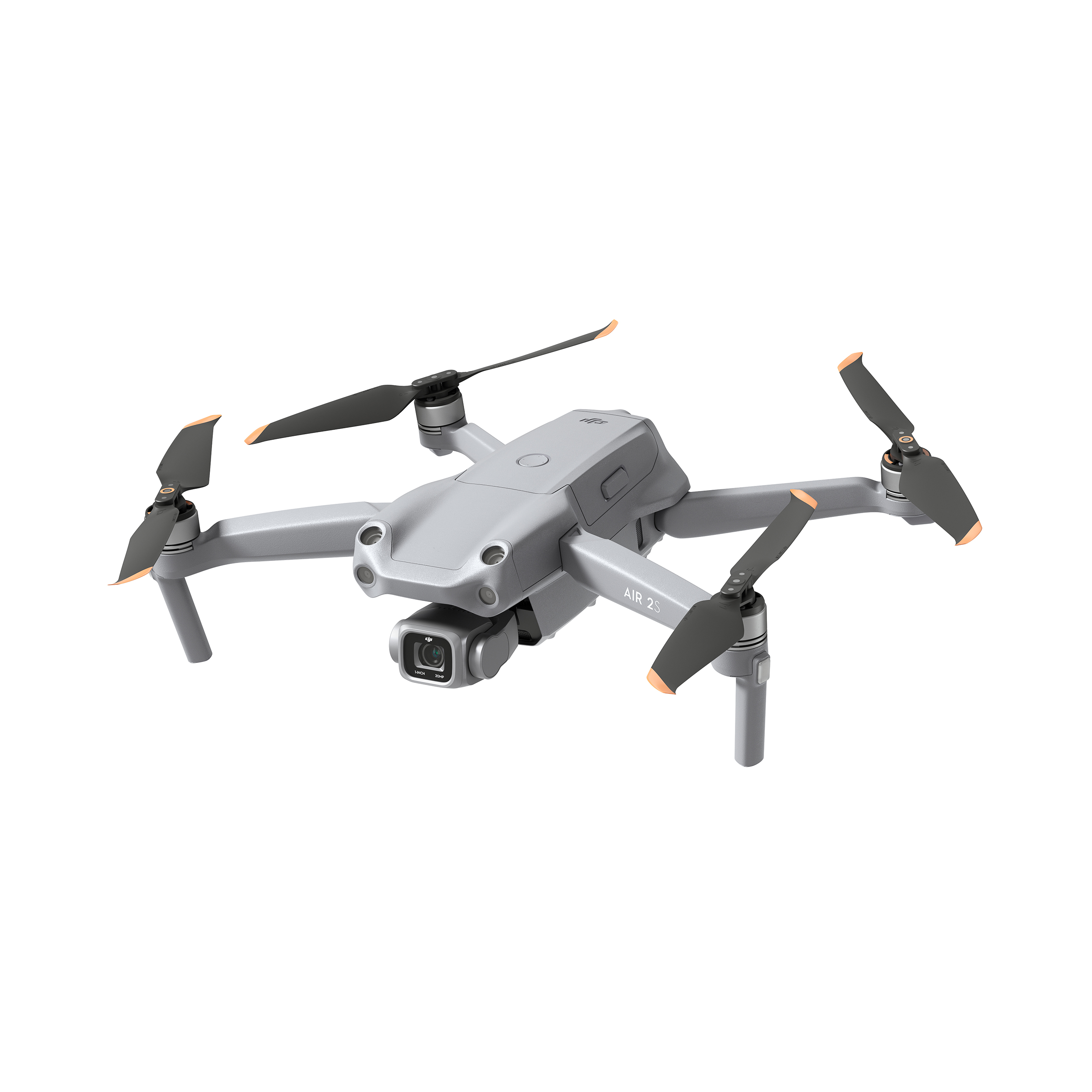This article will help you to calculate the drone battery capacity, drone battery energy, discharge current and runtime to full capacity.
Drone battery capacity

The drone battery capacity calculated by this formula:
capacity = drone flight time * average amp draw / discharge
The average amp draw calculated:
average amp draw = (total drone weight * power) / voltage
where:
- capacity – It’s the capacity of your battery, expressed in milliamp hours (mAh) or amp hours (Ah). Please note that 1 Ah = 1000 mAh. You can find this capacity value printed on your LiPo battery. So, the higher the capacity, the more energy is stored in the battery.
- discharge – It’s the battery discharge that you allow for during the flight. As LiPo batteries can be damaged if fully discharged, it’s common practice never to discharge them by more than 80%. Basically you need to leave 20 % charge.
- average amp draw – It’s calculated in amperes.
- total drone weight – It’s the total weight of the equipment that goes up in the air, including the battery and measured in kilograms.
- power – It’s the power required to lift one kilogram of equipment, expressed in watts per kilogram. You can normally use 170 W/kg. Some more efficient systems can take less, for example, 120 W/kg; if that’s your case, don’t hesitate to adjust its value.
- voltage – It’s the battery voltage, expressed in volts. You will find this value printed on your battery.
- current – The power / voltage is the definition of an electric current I (in amps) required to lift one kilogram into the air. It comes from the Ohm’s law (power = current * voltage).
Drone battery energy
The power of an electrical device P is equal to voltage V multiplied by current I:
P = V * I
OR
power = voltage * current
The energy E is power P multiplied by time T:
energy = power * time
OR
E = P * T
If you join both formulas:
energy = voltage * current * time
OR
E = V * I * T
The amp hours are a measure of electric charge Q (the battery capacity). Hence, the final version of the battery capacity formula looks like this:
E = V * Q
OR
energy = voltage * battery capacity
where:
- energy – It’s the energy stored in a battery, expressed in watt-hours (Wh);
- voltage – It’s the voltage of the battery;
- battery capacity – It’s measured in amp hours (Ah).
So, how to calculate the battery capacity? Let’s assume you want to find out the capacity of your battery, knowing its voltage and the energy stored in it. For example, we have a standard 12V battery and te amount of energy stored in the battery is 24 Wh.
The battery capacity is calculated from this formula:
energy = voltage * battery capacity
battery capacity = energy / voltage = 24 / 12 = 2 Ah
The battery capacity is equal to 2 Ah.
Discharge current
This is the current I used for either charging or discharging your battery. It is linked to the C-rate with the following equation:
current = C-rate * battery capacity
where:
- C-rate – It’s used to describe how fast a battery charges and discharges. For example, a 1C battery needs one hour at 100 A to load 100 Ah. A 2C battery would need just 0.5 hours to load 100 Ah, while a 0.5C battery requires 2 hours.
Runtime to full capacity
It is simply the time t needed to fully charge or discharge the battery when using the discharge current, measured in minutes:
t = 1/C-rate
Summary
We have learned in this article how to calculate the drone battery capacity, drone battery energy, discharge current and runtime to full capacity.
Thank you for reading.
If you like to read more you can check other articles on our website:
EU DRONE PILOT PREPARATION FOR A1, A3 AND A2 EXAMS
If you interested in DIY projects with Raspberry PI and Arduino visit Acoptex.com.




